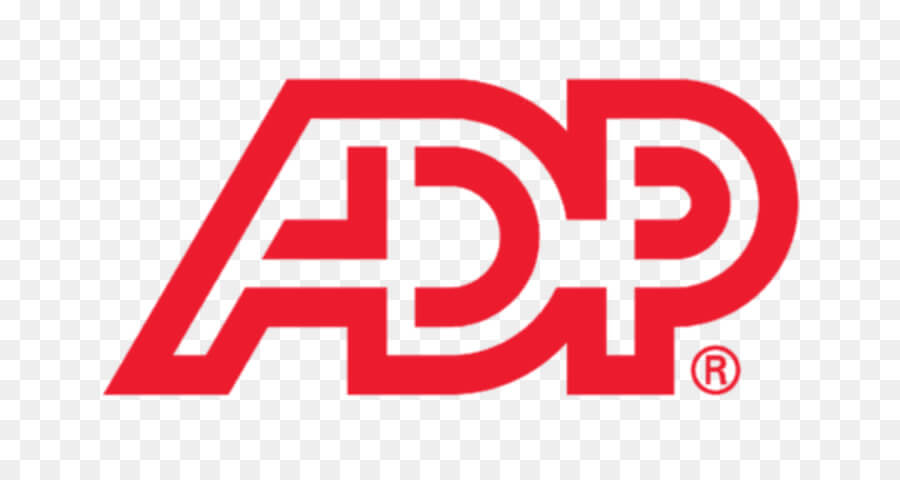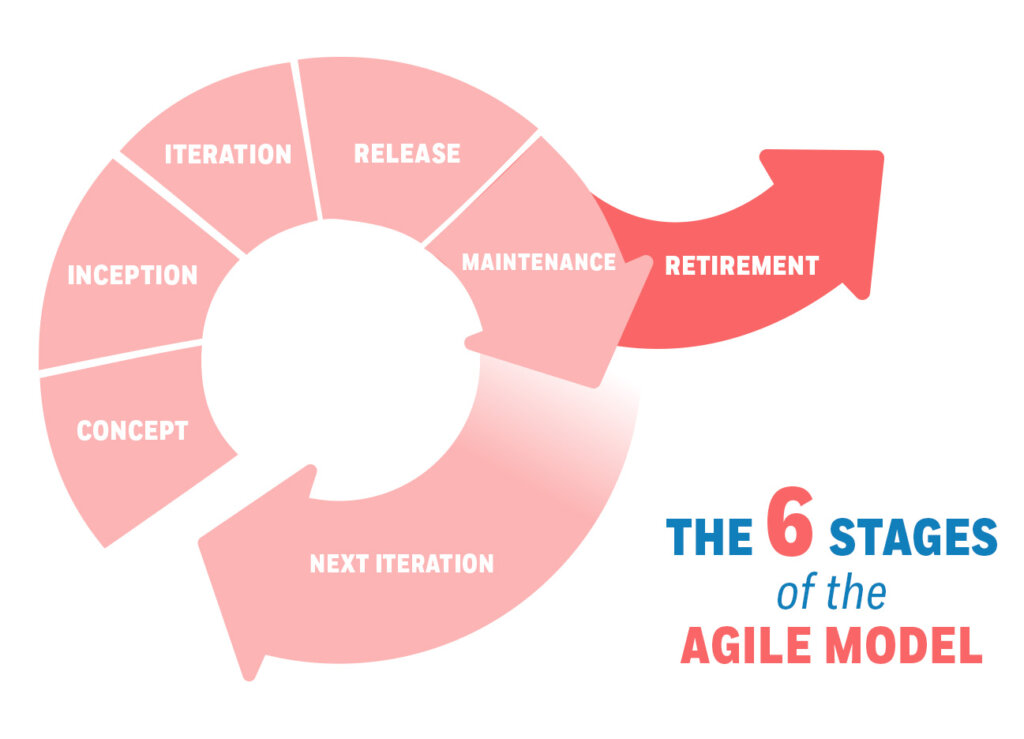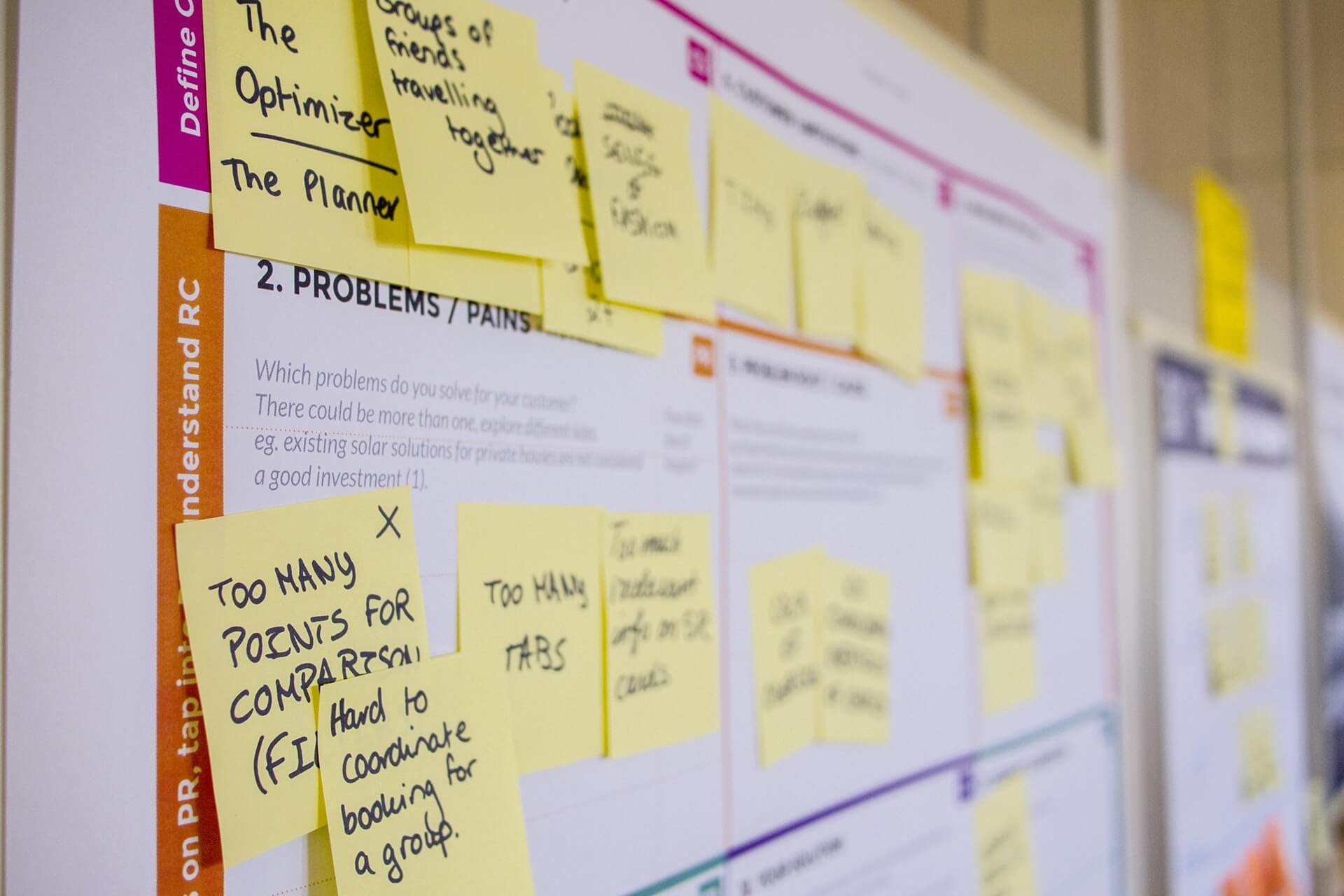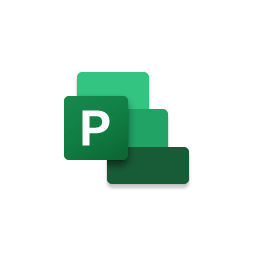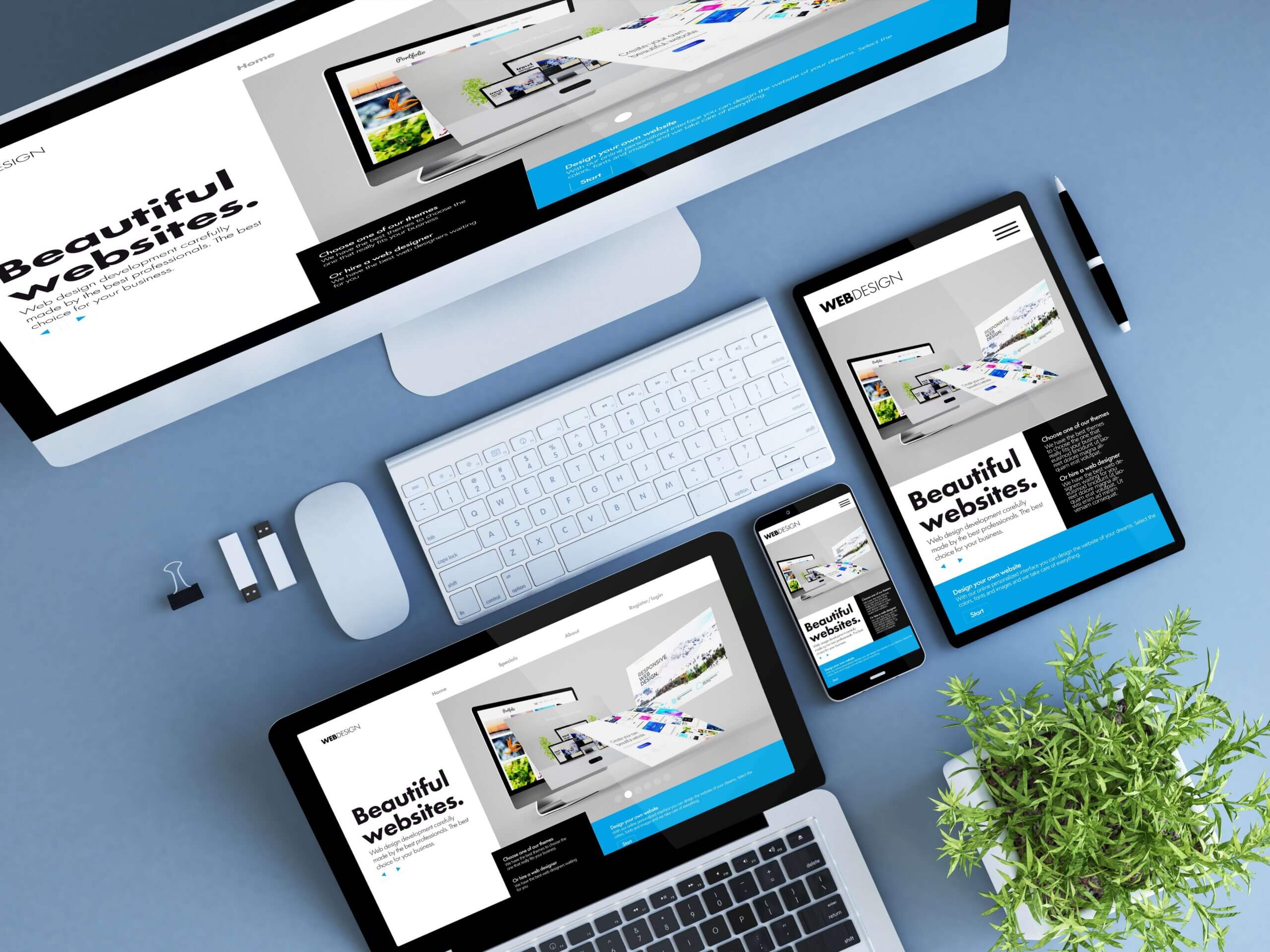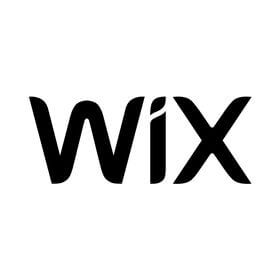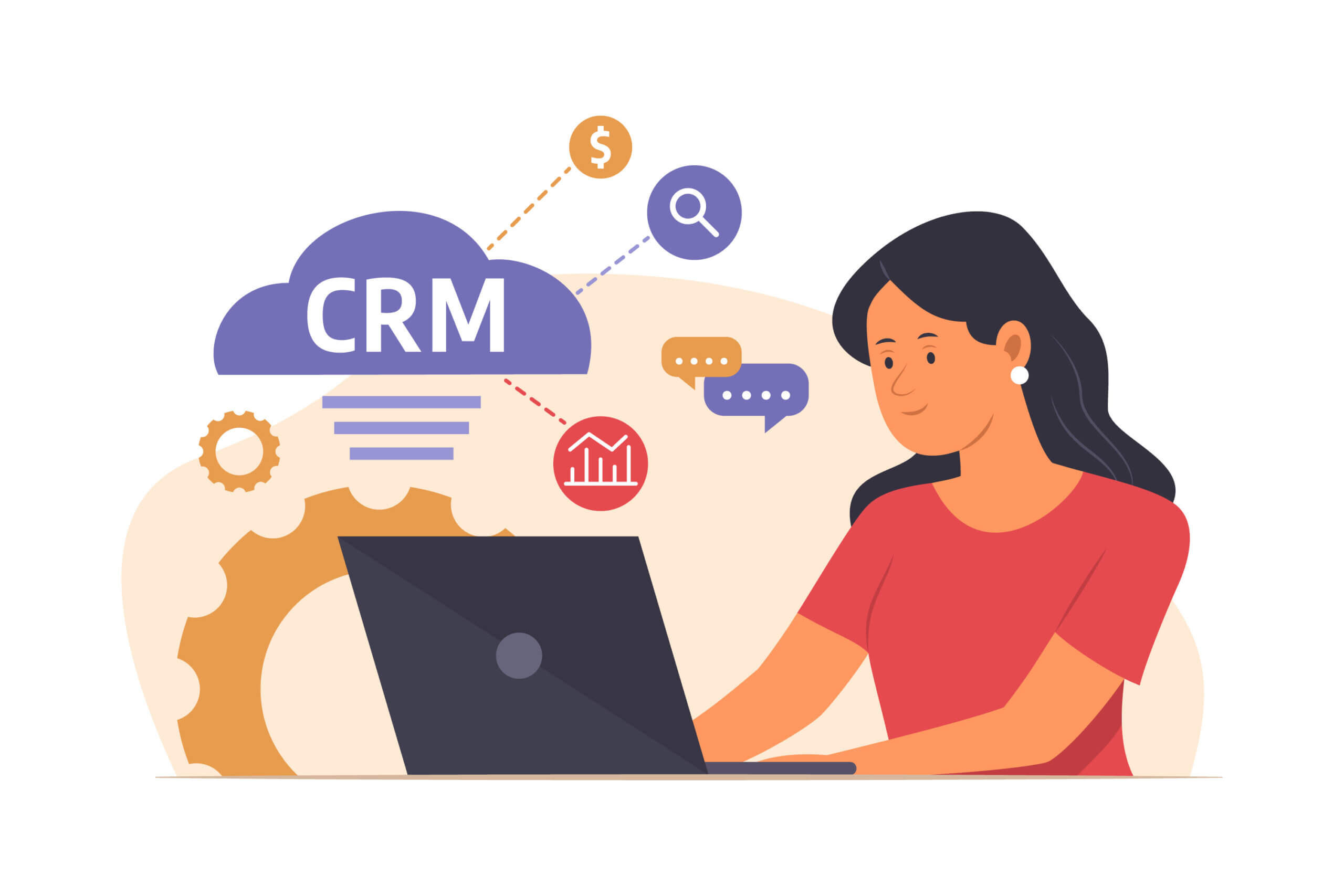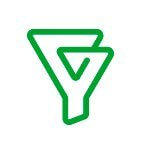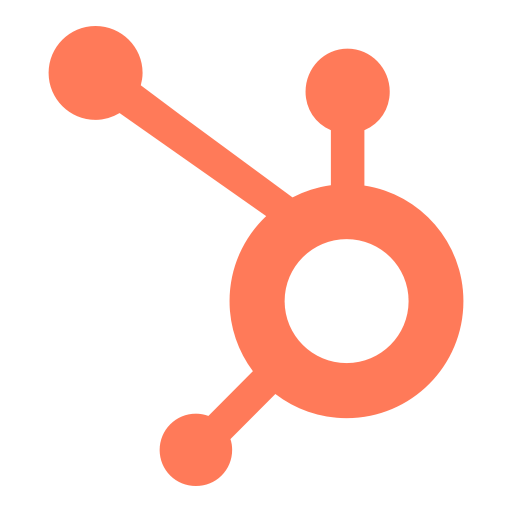One of the biggest expenses for any restaurant is payroll. Modern payroll software platforms for restaurants include features that do the math for you, file your taxes, manage benefits, and even help with hiring new workers. Check out our list and see which of the best restaurant payroll software can help you save money in 2023.
8 Best Restaurant Payroll Software – Quick View
- Best Overall – OnPay
- Best Full-Service Platform – Gusto
- Best for Small Businesses – Paychex
- Best for Worry-Free Taxes – Quickbooks Payroll
- Easiest To Use – Square Payroll
- Best for Large Businesses – ADP Run
- Best Option for HR – Paycor
- Best Value – Wave Payroll
Software
Price
Tax Filing and Payment
Analytics and Reporting
Direct Deposit, Parcards, Checks, etc.
Support
$36/month + $4/employee
E-file and pay
Custom reports, export reports to PDF, spreadsheet, or accounting software
All options included in plan
Library of support docs, plus business-hours phone, chat, and email support
Core – $39/month + $6/employee per month
Complete – $39/month + $12/employee per month
E-file and pay
Custom reports, Workforce cost totals, Anonymous feedback surveys
Next-day direct deposit, paycards, and Gusto Cashout
Guides, tutorials, and phone support
Paychex Flex Essentials – $39/month + $5 per employee.
Inquire for other plans
Pro and above can calculate, file, and pay taxes
Standard payroll analytics
Direct deposit
Phone support
Core – $45/mo + $4/employee
(Discounts often available)
E-file and pay
Some reports
Direct deposit and checks
Phone, chat, docs
Employees and Contractors – $35/month + $5/employee
Contractors only – $5/employee per month
E-file and pay
Basic reports
All options
Live support + docs
Starts at $59/month + $4 per employee
E-file and pay
Create your own reports
Paycards extra
Support docs
Basic – $99/month + $5/employee
E-file and pay
Create your own reports
Direct deposits and paycards
Phone, chat, docs
$20/month + $6/employee or contractor
Some states E-file and pay
Basic reports
Direct deposit and check
Chat and docs
Quick Verdict
Best Overall – OnPay. The service offers a straightforward price plan and a complete slate of features. It does that while also offering great customer service. It’s a hard combo to beat, making it the best payroll software for restaurants.
The 8 Best Payroll Software for Restaurants
Let’s take a look at some of the best restaurant payroll software options out there.
OnPay provides both HR and payroll software for a single rate, one of several payroll providers who do so. On offer are a standard slate of features, like unlimited pay runs, services to manage payroll taxes, and direct deposits.
Reporting tools are also available, as is the ability to export payroll data. Additionally, OnPay has several tools aimed specifically at restaurateurs such as minimum wage tip makeup and overtime calculations.
- Accurate tip calculations, even with OT.
- Free help setting up integrations and migrating.
- HR and business management tools included.
- Short list of integrations.
Gusto isn’t solely a piece of restaurant payroll software, but it does offer many helpful payroll features, such as automatic payroll tax calculations. Support for all 50 states is offered, as well as multi-state payroll processing. Also, even the most basic service level comes with unlimited pay runs.
With Gusto, you’ll also get a number of other useful features. It can help you manage your employees’ benefits, as well helping you hire new employees. Gusto can also help you distribute and evaluate satisfaction surveys. If you’re interested in Gusto, see our review on Gusto for more information on its features and pricing.
- Unlimited payroll runs.
- Overtime alerts.
- Slate of tools for easy hiring.
- More expensive option.
Paychex offers a wide range of subscription levels, with specific features added at an individual cost. Features that come at an additional cost include tax management tools, wage garnishment services, and state unemployment insurance. Some features, like paycards for your employees, can be added without additional cost.
Unlike some other options, Paychex doesn’t come with tools for time tracking and benefits. However, it does integrate with apps that can help. Additionally, you can find help at physical locations around the United States.
- Find help nationwide at brick-and-mortar locations.
- Run payroll from the mobile app.
- Find tax credits for a percentage of return.
- Lots of features have additional fees.
Intuit has been around for decades and many people are familiar with its accounting or tax software platforms. Quickbook is not specifically restaurant payroll software, but it does provide many useful features, like automated payroll processing, tax management, and a guaranteed accurate payroll.
- Part of a wider suite of accounting tools.
- Expert-assisted setup available.
- Lots of nice features included with Core package.
- Some features reserved for other Quickbook products.
Square payroll offers a standard menu, including things like payroll tax payments, and the ability to manage benefits. The software also helps restaurant owners, in particular, address a common headache: there are several options for common tip-splitting arrangements.
There’s really only one tier of service, so everyone gets the same access to Square’s customer support team. Square offers other products for accounting, reporting, and a variety of other functions, but these aren’t included in their payroll software. Read our Square payroll review for an in-depth analysis of this software.
- Single, low fee for all features.
- Live support for account setup.
- Several options for tip-splitting.
- Some features saved for other Square products.
ADP may be familiar to restaurant owners, as well as other business people, as a well-known provider of financial tech. They offer a slate of payroll features, with a menu of add-ons that can be matched to your specific budget. For example, time tracking isn’t included with the basic payroll software, but is available with the Workforce Management add-on.
ADP Run is not specifically restaurant payroll software, but it may work well for larger businesses. In particular, the web-based payroll service means it’s easy to run payroll for multiple locations.
- Tax filing error detection and alerts.
- Tailored plan and price.
- Automated reporting of new hires.
- Pricing is not transparent.
Paycor offers bundles of business software, not just payroll software. As a result, it offers a lot more than just payroll management, potentially including help with onboarding, a range of analytics options, and other HR functions.
It does offer a lot of payroll tools, too. The software will help with payroll taxes, garnishments, and provides an employee self-service portal. It can also provide things like a FICA credit tip report, to help you find tax savings.
- 30+ years serving restaurants.
- Employee self-service portal
- In-app prompts for regulatory support.
- Expensive option.
Wave payroll software offers many of the same features other options do, though in some ways it’s a bare-bones payroll solution. It does offer full-service payroll in some states, including tax calculations and filing. In most of the US, however, you’ll have to file for yourself, though the service has a correspondingly lower price.
Wave doesn’t have some fancier features, like running a FICA tip credit report to look for additional savings or the ability to pay employee wages using a card. However, overall you get everything you need at an affordable price. Read the Wave payroll review for more information.
- Less expensive option.
- Pairs with free invoicing and accounting software.
- Employee self-service portal.
- No auto-filing taxes in most states.
Choosing the Best Restaurant Payroll Software
The restaurant industry is always demanding, but the last few years have been particularly tough. A robust payroll software system can help you pay employees, of course, but the best restaurant payroll software can do a lot more.
A full-service payroll solution will calculate and fill all your payroll-related taxes for you, for example, saving time and money. The software can also help you manage employee benefits, hiring, and even help you find tax credits and other savings.
Managing Payroll Taxes
One of the most important functions restaurant payroll software fulfills is payroll tax calculation and management. Tax filings are complex and payroll software can help sort through them, as well as automatic, electronic tax payments, which can free up a manager’s time.
‘Full-service’ tax services usually include automated payroll tax filing of tax forms for both state and federal taxes. Some options will also take care of new hire reporting for you, as well as calculating taxes owed on credit card tips, or ways to free up money like FICA tip credit reporting.
Time Tracking
There are a few options that offer everything, including restaurant payroll software, time tracking, employee scheduling, and more. It may be more common for a payroll system to integrate with other apps. One thing to note is that an online payroll service may help you store employee hours and payroll records.
Benefits Management
Restaurant payroll is more likely to include a need to manage employee benefits than in the past, so it can be wise to find software that includes tools to help. Many options will include health benefits administration as an optional add-on, though you can find it included in the base price of some platforms.
Hiring and Onboarding
Many options for payroll software also include HR software. Some software may fulfill a few HR functions, like notifying government agencies of new hires. Others also include tools for training new employees, as well as advertising and hiring new talent.
Read: Best applicant tracking systems for small businesses
Payment Management
Obviously, the most important task of the restaurant payroll system is payroll management, making sure everyone gets the money they earned, with the correct deductions. Employee payroll has multiple aspects, from getting employees’ actual pay to them, to managing child support wage garnishments and other special situations.
There are a number of features that are more or less standard, such as a direct deposit into a bank account. Customizable payroll plans include multiple pay rates, a selectable pay period, and even the ability to run mobile payroll. Most options will also offer minimum wage alerts, to notify you if an employee drops under minimum wage requirements, particularly useful for restaurants.
Other options that are available, but not standard, include things like an employee self-service portal, where employees can fill out paperwork, see online pay stubs, and more.
Analytics and Reporting
There are many reporting tools that can be considered part of payroll management to help you reduce costs or identify payroll problems. Most restaurant payroll software includes some basic reporting options, or the opportunity to build your own reports. The best payroll system for your business will include all the analytics reporting options you need to be a success.
Read: How to conduct a payroll audit
Frequently Asked Questions (FAQs) for Best Restaurant Payroll Software
Conclusion: Best Restaurant Payroll Software
Every moment you spend in the back running payroll is time you’re not on the floor making sure things are running smoothly. Find the right restaurant payroll software for your needs so you can spend more time putting out fires and less time doing paperwork.







